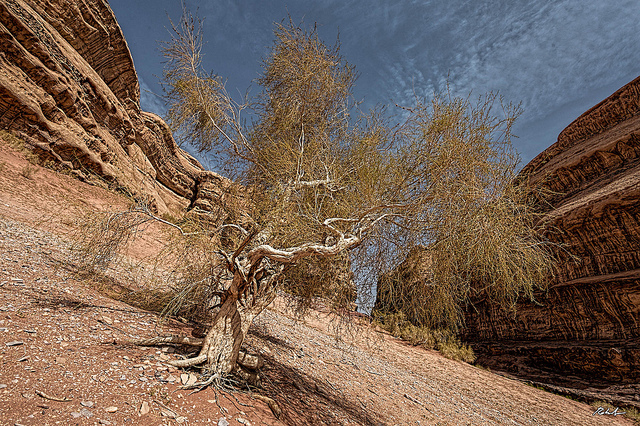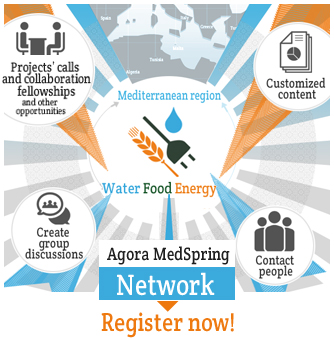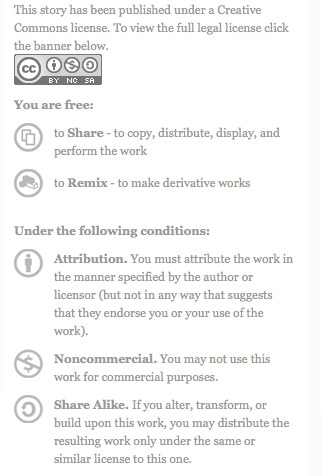
Greening the desert with permaculture
“I have never seen soil like this before” was the comment that Bill Mollison made during a visit to the Greening the Desert Project in 2011. At the time, he was referring to the poor state of the soil in the small village of Jawasari, Jordan.
An area of the world where the landscape has been damaged by not only extreme pollution and the overuse of recycling nutrients but also by the climatic conditions of the location. At 31° North of the equator, 400-meters below sea level, in an area that receives less than 50-millimeters (2-inches) in annual rainfall, and Summer temperatures reaching over 50°C (122°F), the Dead Sea Valley is considered one of the world’s worst agricultural scenarios.
So, when I and thousands like me first saw the Greening the Desert video, we thought, if this is possible in one of the lowest, driest, and harshest environments in the world then we can do this - grow food, harvest water, repair soil, enhance the ecosystem and build community - anywhere in the world. The solution has been found, and it’s merely adopting the same design methods, the persistence, and the passion.
Read the full article by Salah Hammad via Permaculture Research Institute.
[Photo by Roberto Saltori | Flickr]







